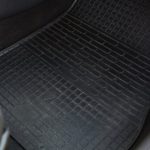Enjoy a Smooth Ride with a Shock Absorber
Let’s be honest: When was the last time you thought about your car’s shock absorber? Probably never—until your morning coffee launched itself into the dashboard after hitting a pothole the size of a small swimming pool. At that moment, you realized something was wrong. But what, exactly?
Ah yes, the noble shock absorbers.
This little mechanical genius works tirelessly under your vehicle, taking hits like a champion boxer so you don’t have to. And yet, it gets about as much attention as the guy who designed the button layout on your car radio (seriously, who put the volume button next to the hazard lights?).
Table of Contents
What Even Is a Shock Absorber?
For the uninitiated, a shock absorber is the bouncer of your car’s suspension system. It controls the up-and-down motion of your wheels, ensuring that every little bump in the road doesn’t feel like you’ve driven straight into the apocalypse. Without it, every speed bump, pothole, and rogue squirrel encounter would be an invitation to launch your passengers into low Earth orbit.
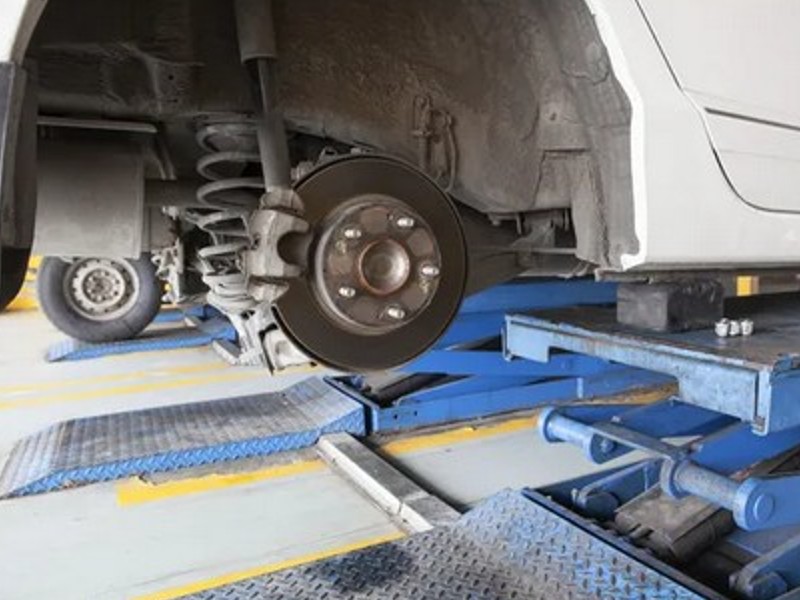
Technically speaking, shock absorbers dampen the energy from road impacts and help your tires maintain contact with the ground. In plain English? They stop your car from bouncing around like a hyperactive toddler on a trampoline.
How Do They Work?
Okay, get ready for a little bit of science (no worry, we will make it painless). A tube contains hydraulic liquid in a shock absorber. A bump on the road compresses your suspension springs, and forces fluid via little valves to slow down that movement through the shock absorber. The outcome will be a pleasant, steady road trip rather than an unplanned rollercoaster adventure.
Different Types of Shock Absorbers (Because One Size Does Not Fit All)
Just like jeans, coffee orders, and opinions on pineapple pizza, shock absorbers come in different varieties. Here are the main types:
Twin-Tube Shocks
The everyday workhorse. Reliable, affordable, and does the job. Think of it as the blue jeans of shock absorbers.
Gas-Charged Shocks
Like twin-tube shocks, but with a little extra nitrogen gas to prevent foaming. If twin-tube shocks are jeans, these are designer jeans with reinforced stitching.
Mono-Tube Shocks
The fancier, high-performance option. Great for sports cars and people who drive like they’re in a Fast & Furious movie.
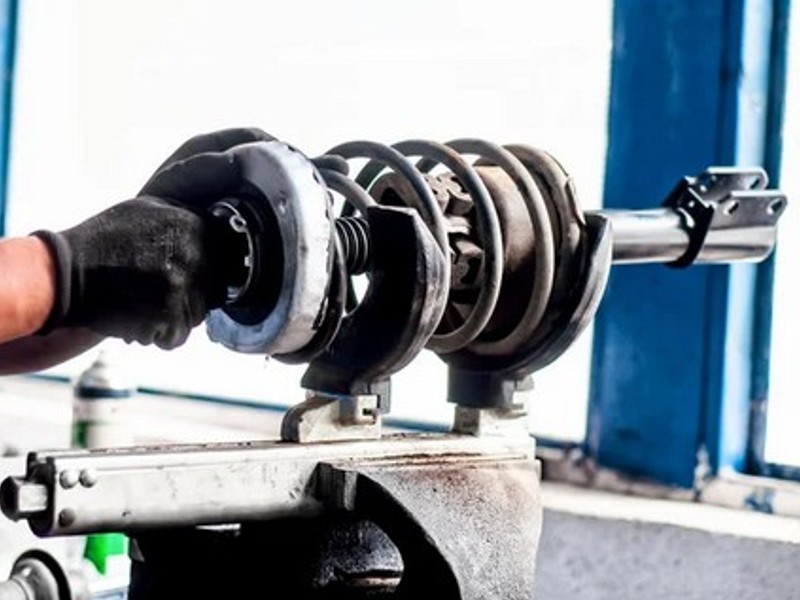
Adjustable Shocks
For those who like customization. You can tweak them depending on whether you want a comfy ride or a stiff, race-ready setup. The fancy espresso machine of shock absorbers.
Electronic Shocks
The high-tech version that adjusts itself based on driving conditions. You know, for those who like futuristic stuff such as self-parking vehicles and chatty fridges.
Signs Your Shock Absorbers Are Calling It Quits
Shock absorbers don’t last forever. They work tirelessly to keep your ride smooth and your tires firmly planted on the road. But like all hardworking components, they eventually give up. When that happens, driving turns into a bumpy, wobbly mess. Here’s how to tell if your shocks are about as effective as a parachute with holes:
1. The Bounce Test – Because Your Car Shouldn’t Be a Trampoline
An easy way to check your shock absorbers is the classic bounce test. Push down on your car’s hood or trunk and let go. If it bounces once and settles, great! If it keeps bobbing up and down like a happy kangaroo, your shocks are worn out and need replacing.
2. Uncontrollable Swaying – When Your Car Thinks It’s a Boat
Does your car rock like a yacht in rough waters whenever you turn the steering wheel? If you feel that you’re driving a ship rather than a motorcar, your shock absorbers have broken down. Shocks assist in stabilizing your vehicle, and thus uncontrollable swaying is an unmistakable sign that they are not working anymore.
3. The “I Just Hit a Pothole and My Spine is Now in My Skull” Feeling
Rough roads will always be rough, but they shouldn’t feel like an earthquake inside your car. If every small bump feels like a seismic event, your shocks are no longer absorbing impacts properly. Driving shouldn’t be a pain—literally!
4. Uneven Tire Wear – The Aggressive Beaver Effect
Take a good look at your tires. Do they look like they have been gnawed on by an overzealous beaver? Worn-out shocks do not keep the tires in adequate contact with the road, resulting in irregular wear patterns that can reduce tire life and impair your car’s handling.
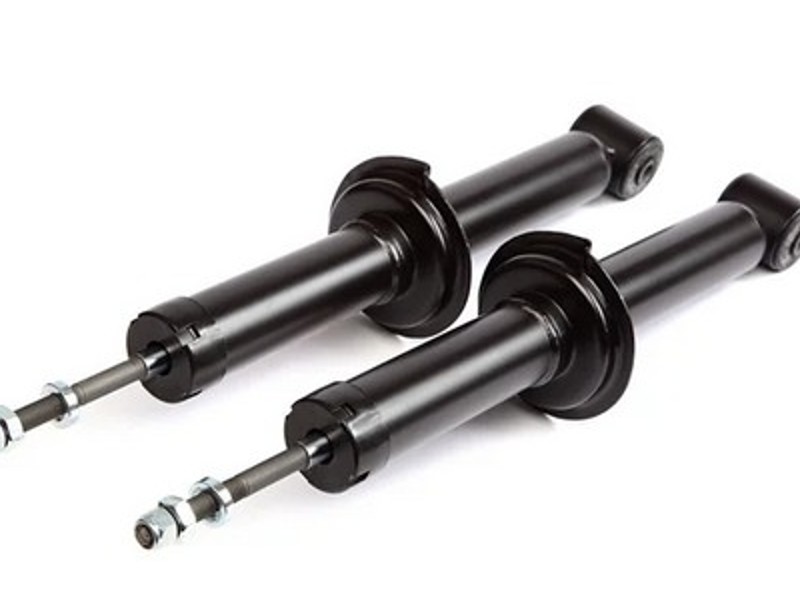
5. Leaky Fluid – The Messy Goodbye
If you spot oily gunk on your shock absorbers, that’s not just dirt—it’s hydraulic fluid escaping from a failing shock. Once they start leaking, their ability to function properly is gone. Consider this their final farewell before they quit on you completely.
Ignoring bad shocks doesn’t just make for an uncomfortable ride—it’s a safety hazard. If you’re noticing any of these signs, it’s time to get those shock absorbers replaced before your car starts handling like a roller coaster with a death wish.
Do You Need to Replace Them?
Listen, I understand. Replacing auto parts isn’t your concept of a great weekend. But ignoring rotten shocks is like ignoring a leaky roof—it will only get worse. If you don’t replace them, you’ll not only be paying a very bouncy subscription fee, but you’ll also be subjecting your tires, suspension, and even your brakes to even more stress. And unless you have a love affair with high-priced repair costs, it’s best to attend to the problem before it’s too late.
How Often Should You Replace Shock Absorbers?
A rule of thumb is every 50,000 miles, but that’s as much of a guide as telling you to “drink enough water” (two cups or a swimming pool?). It varies on how you drive, the roads you drive on, and whether you drive your car like a dainty flower or an off-road war machine. If you don’t know, have a mechanic take a look.
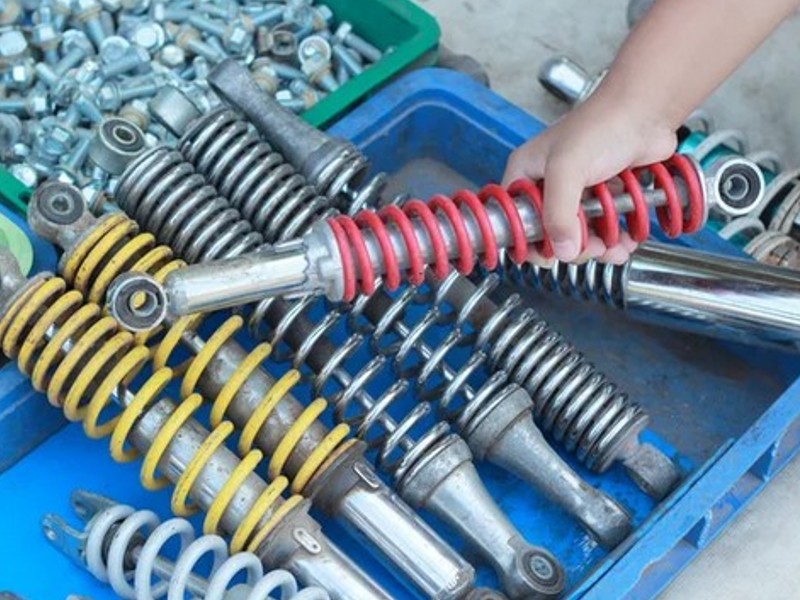
Final Thoughts: Love Your Shock Absorbers!
In the end, shock absorbers are the quiet, unheralded heroes of a smooth ride. They make your ride comfortable, your tires last, and your coffee stays where it is supposed to—in the cupholder.
Next time you roll over a pothole without spilling your beverage, offer a small nod of thanks to the unheralded champions operating under your vehicle.








